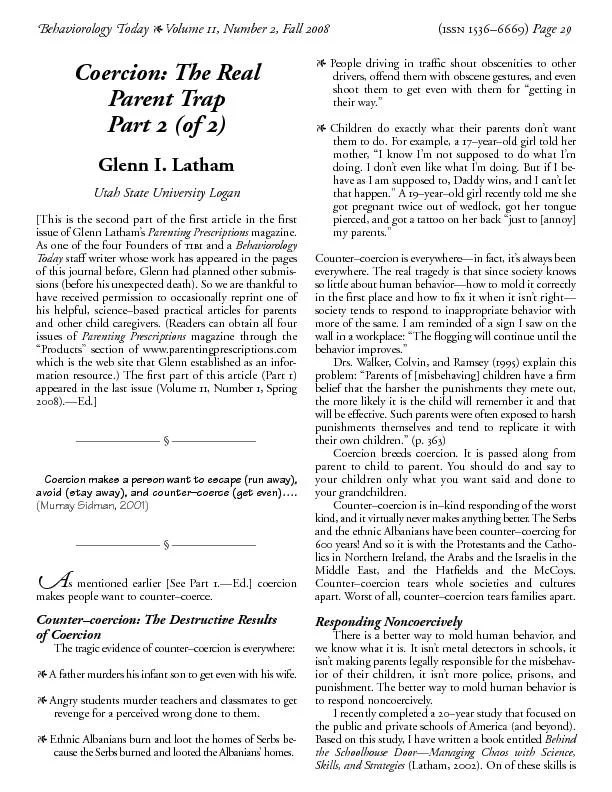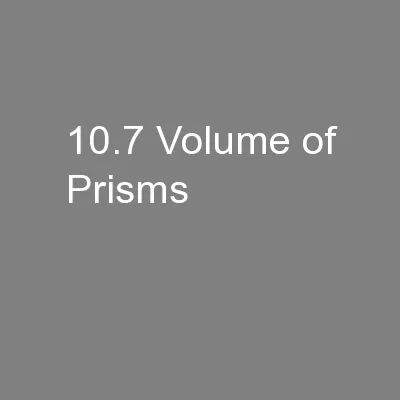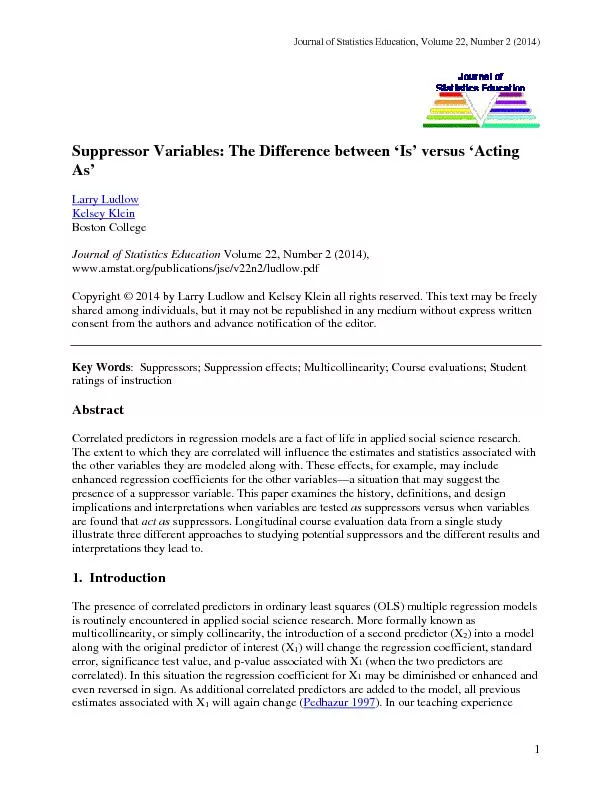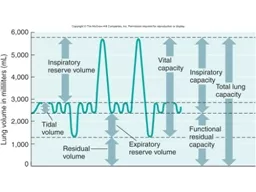PDF-Volume 82, Number 3
Author : min-jolicoeur | Published Date : 2016-03-12
August 1 2010 wwwaafporgafp American Family Physician 249 Diagnosis and Management of Contact Dermatitis RICHARDPUSATINEMD and MARCELARIOJASMD University of Texas
Presentation Embed Code
Download Presentation
Download Presentation The PPT/PDF document "Volume 82, Number 3" is the property of its rightful owner. Permission is granted to download and print the materials on this website for personal, non-commercial use only, and to display it on your personal computer provided you do not modify the materials and that you retain all copyright notices contained in the materials. By downloading content from our website, you accept the terms of this agreement.
Volume 82, Number 3: Transcript
Download Rules Of Document
"Volume 82, Number 3"The content belongs to its owner. You may download and print it for personal use, without modification, and keep all copyright notices. By downloading, you agree to these terms.
Related Documents














